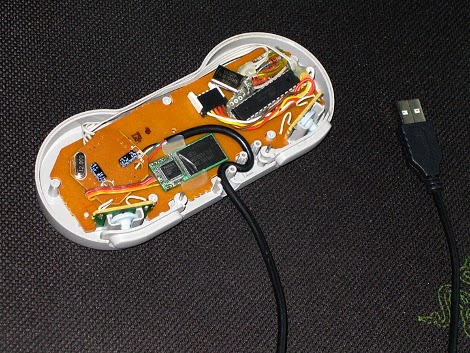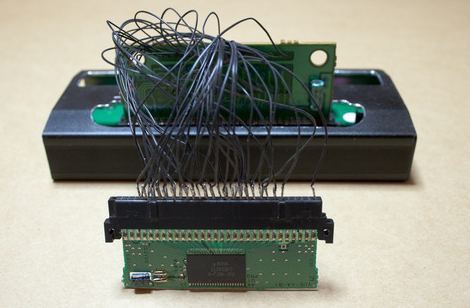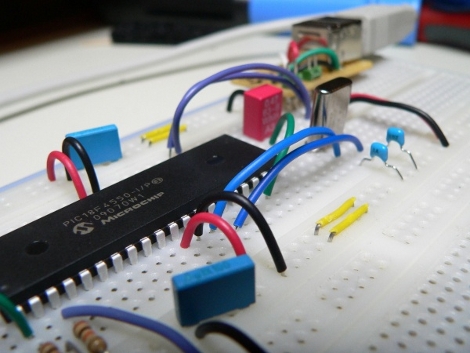
Here’s another SNES controller converted to house a USB system. The one we saw last time used a kit as an adapter for the controller but this version uses a home-built PCB and an ATmega8 microcontroller with the latest revision of an open source adapter for NES and SNES controllers. As you can see after the break, [Atarity] built the adapter, then added it along with a USB hub and thumb drive so that he could run a copy of XBMC from the controller. Now he’s got XBMC as a way to launch emulators for those classic games, as well as play traditional media.
You will be seeing more of this type of mod soon. We were tipped off that an in-depth tutorial for SNES controller hacking is on its way, although that is unrelated to [Atarity’s] work.
















